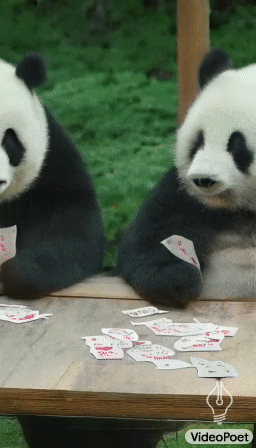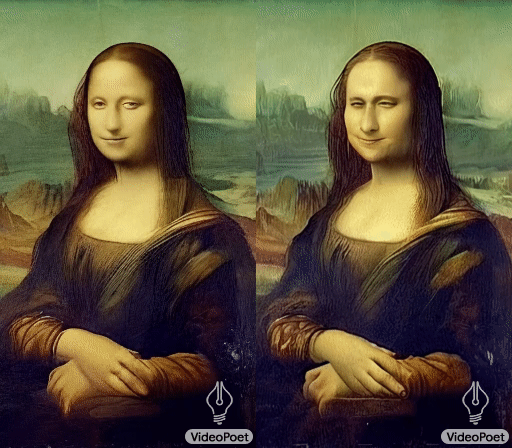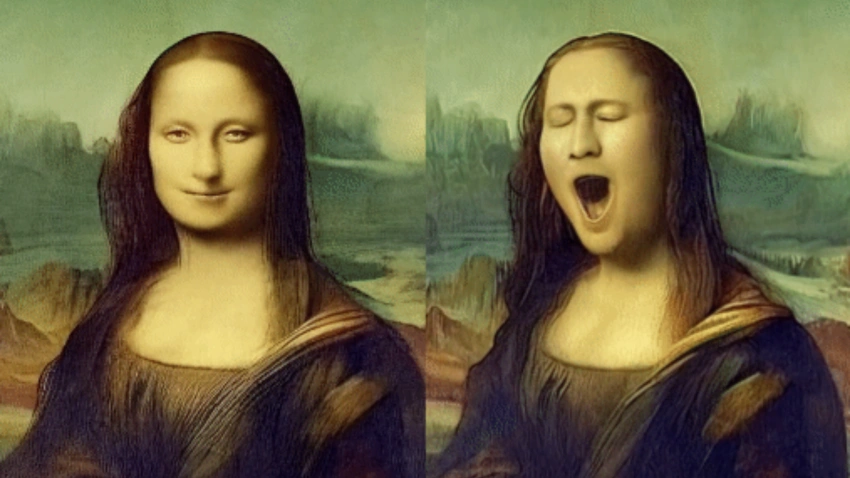In the ever-evolving world of technology, Google’s VideoPoet emerges as a game-changer in the realm of video generation. As a sophisticated Large Language Model (LLM), VideoPoet is not just a tool; it’s a harbinger of a new era in visual storytelling.
The Innovation of VideoPoet
VideoPoet harnesses the power of LLMs to transform various inputs, such as text, images, and video clips, into high-quality videos. What sets it apart is its zero-shot learning capability, allowing it to produce dynamic, high-motion videos without extensive specialized training.
Understanding VideoPoet’s Mechanism
At its core, VideoPoet relies on multiple tokenizers to process different modalities – video, image, audio, and text. Each tokenizer, such as MAGVIT V2 for video and SoundStream for audio, plays a crucial role in converting these signals into a language the model understands. This intricate process enables VideoPoet to blend various content forms seamlessly.

VideoPoet’s Versatile Applications
From animating still images to applying unique styles to videos, VideoPoet’s applications are vast. It can create videos that fill in missing elements or extend beyond their original scope, offering innovative solutions for content creation.
The Future of Visual Storytelling
VideoPoet is not just a technological marvel; it’s a canvas for creativity. It opens up new avenues in fields like advertising, filmmaking, and digital content creation, where the boundaries of imagination are constantly being pushed.
The Technical Breakthrough of VideoPoet
Understanding VideoPoet’s advanced mechanics offers a glimpse into its extraordinary capabilities. The platform utilizes state-of-the-art tokenizers for each modality it processes. For instance, the MAGVIT V2 tokenizer intricately handles video and images, capturing both spatial and temporal information. This precision is crucial in creating fluid, lifelike videos from static inputs. Similarly, the SoundStream tokenizer revolutionizes audio processing with its nuanced understanding of sound patterns, making the audio-video synchronization in VideoPoet remarkably realistic.
Expanding Creative Horizons
VideoPoet is not just a tool for creating content; it’s a catalyst for creative exploration. Its ability to animate images, style videos, and even repair or expand existing videos opens up a world of possibilities for content creators. Imagine transforming a simple sketch into a full-fledged animated story or restyling a classic film scene into a modern art piece. VideoPoet makes these imaginative scenarios possible.
Empowering Content Creators and Marketers
In the realm of marketing and content creation, VideoPoet is a game-changer. It offers brands and creators a powerful way to convey their messages more engagingly and memorably. Whether it’s for creating compelling advertisements, enhancing social media content, or producing educational materials, VideoPoet provides a platform that amplifies creativity and effectiveness.
Examples that would blow your mind
Text to video
Text prompt: Two pandas playing cards

Image to video with text prompts
Text prompt accompanying the images (from left):
1. A ship navigating the rough seas, thunderstorm and lightning, animated oil on canvas
2. Flying through a nebula with many twinkling stars
3. A wanderer on a cliff with a cane looking down at the swirling sea fog below on a windy day
Image (left) and video generated (immediate right)

Credit: Google
Zero-shot video stylization
VideoPoet can also alter an existing video, using text prompts.
In the examples below, the left video is the original and the one right next to it is the stylized video. From left: Wombat wearing sunglasses holding a beach ball on a sunny beach; teddy bears ice skating on a crystal clear frozen lake; a metal lion roaring in the light of a forge.

Credit: Google
Video to audio
The researchers first generated 2-second video clips and VideoPoet predicts the audio without any help from text prompts.
VideoPoet also can create a short film by compiling several short clips. First, the researchers asked Bard, Google’s ChatGPT rival, to write a short screenplay with prompts. They then generated video from the prompts and then put everything together to produce the short film.
Longer videos, editing and camera motion
Google said VideoPoet can overcome the problem of generating longer videos by conditioning the last second of videos to predict the next second. “By chaining this repeatedly, we show that the model can not only extend the video well but also faithfully preserve the appearance of all objects even over several iterations,” they wrote.
VideoPoet can also take existing videos and change how the objects in it move. For example, a video of the Mona Lisa is prompted to yawn.

Credit: Google
Text prompts can also be used to change camera angles in existing images.
For example, this prompt created the first image: Adventure game concept art of a sunrise over a snowy mountain by a crystal clear river.
Then the following prompts were added, from left to right: Zoom out, Dolly zoom, Pan left, Arc shot, Crane shot, and FPV drone shot.

Ethical and Societal Implications
As with any advanced technology, VideoPoet comes with its set of ethical considerations. The ease of creating realistic videos raises questions about authenticity and the potential for misuse. It’s crucial for users and developers alike to navigate these challenges responsibly, ensuring that this powerful tool is used for positive and ethical purposes.
Looking to the Future
VideoPoet is not just a current marvel; it’s a stepping stone to the future of digital storytelling. As AI continues to evolve, we can expect even more sophisticated and intuitive tools that further blur the lines between reality and digital creation. VideoPoet is leading the way, showing us a glimpse of the potential that AI holds in transforming how we see, interpret, and create our narratives.
In conclusion, Google’s VideoPoet stands as a testament to the incredible advancements in AI and machine learning. It’s a tool that not only enhances the way we produce and consume video content but also challenges us to rethink the boundaries of creativity and technology. As we move forward, VideoPoet will undoubtedly continue to inspire and revolutionize the landscape of visual storytelling.
